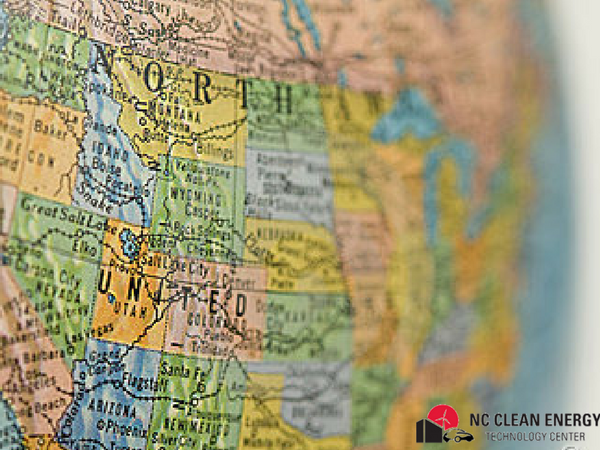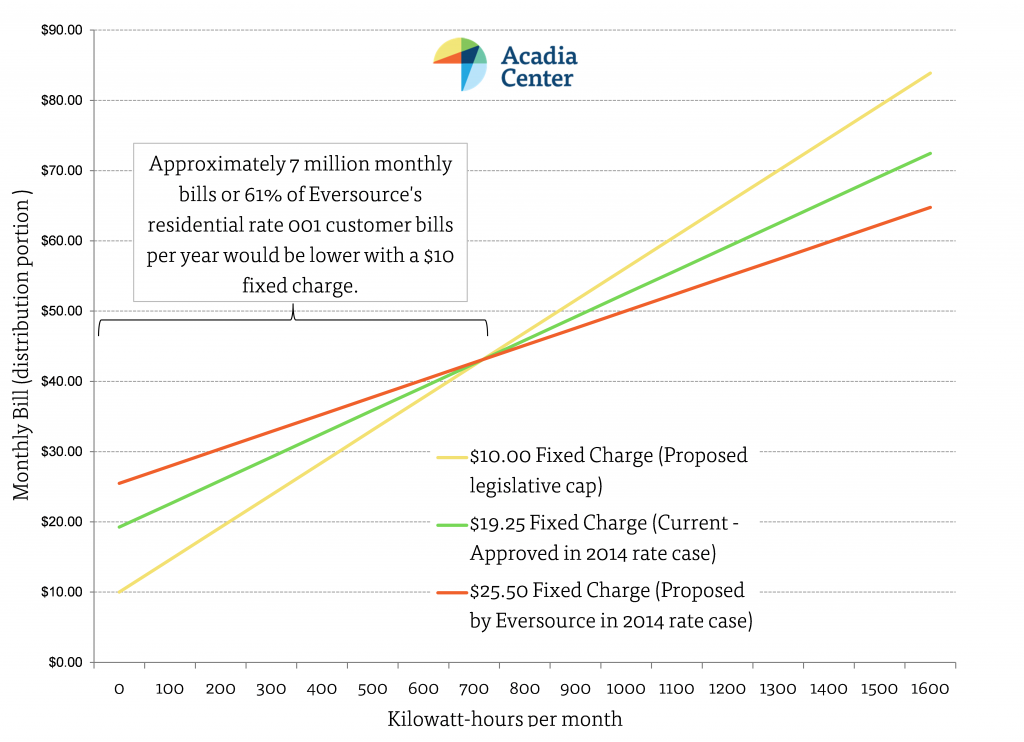States nationwide continued to adjust their solar generation policies in ways that curtail the benefits of distributed generation in the second quarter of this year, a trend that softened slightly after a harsh start to 2016.
All told, 42 states plus Washington D.C. saw policy action related to net metering, rate design or solar ownership between April and June, according to the latest 50 States of Solar report from the North Carolina Clean Energy Technology Center and Meister Consultants Group.
Data gathered in the quarterly analysis spotlights ongoing discord between utilities, regulators and proponents of renewable, locally sourced energy. Overall, distributed generation remains in the crosshairs as states fine-tune policies that often constrain its benefits despite rising interest in alternative models for providing power.

Fixed Charges in Focus
Of the 121 policy actions tallied in the second quarter, the most common was fixed charge increases for residential customers. Just over one-third of the moves were fee hikes, designed to apply equally to all ratepayers regardless of how much — or how little — electricity they use.
Across-the-board fixed fee increases shift the cost-benefit calculus for renewables like solar or energy conservation by reducing the portion of the bill the customer can control. The second quarter’s 42 fixed-fee policy actions outstripped the 27 logged during the previous quarter, continuing a troubling trend toward unfair billing practices.
The following chart, from the New England-based Acadia Center, highlights the tension over fixed charges in Connecticut. Consumer advocates have sought a $10 cap on fixed fees, a cap fiercely opposed by major utilities, including Eversource Energy, which are seeking heftier sums. But as the chart shows, the cost to customers generally rises in tandem with fixed charges, especially for efficient users of electricity.
Some had expected to see a shift away from fixed charges toward demand charges — based on peak electricity usage in a given month. However, the second quarter data doesn’t mirror such a trend, Autumn Proudlove, a senior policy analyst at the North Carolina Clean Energy Technology Center, told Utility Dive. On the other hand, noted Proudlove, regulators struck down many proposed fee hikes.
Tensions Still Running High in Nevada
Nevada is home to one of the highest-profile showdowns over net metering, a billing tool where a utility credits a solar customer for producing their own energy. In that state, power giant NV Energy last year significantly scaled back its net metering benefits and this year fanned tensions when it unveiled plans to erode them even more — including, controversially, for existing solar customers.
In the second quarter, Nevada remained a touchstone in the wider net metering debate thanks to solar advocates who mounted a campaign to restore net metering through a ballot measure. That effort has since floundered amid criticism from the state’s courts, but the setback hasn’t quieted solar proponents eager to undo the restrictive policy changes.
Still, while Nevada is a fertile battleground for net metering advocates and detractors, it is hardly the only state facing a dispute. The second quarter brought 37 net metering actions, spread across two dozen states — a slight increase over the 35 proposals that hit 22 states during the first quarter.
Many power providers ignore studies that show rooftop solar delivers upside to all customers, including by reducing strain on the existing grid. Compromises in some states walk back utilities’ harsh rhetoric, but solar advocates continue to see attacks on net metering as a threat to distributed generation growth overall.
Battle Brews in Arizona
Arizona Public Service, one of the state’s top utilities, unveiled a proposal in June that would overhaul the way it bills its customers. The rate case, filed in early June, is the culmination of several years of wrangling over rate policy, and includes three potential changes harmful to solar
To start, the utility wants to increase customers’ monthly fixed fees by roughly $11 to generate $166 million more in annual revenues. Based on that increase, the average household would effectively have to budget enough for an extra utility bill each year.
In addition, Arizona Public Service wants to dramatically curtail incentives for ratepayers who have solar. Under its proposal, the utility would move toward eliminating net metering in favor of a “net billing” policy. Currently, customers with rooftop solar receive a credit worth $0.14 per kWh for feeding solar-generated power into the grid. If regulators approve the changes, the rate for new customers would sink to just $0.03 per kWh.
Finally, Arizona Public Service is eyeing a trio of residential rate options that include mandatory time-of-use rates and demand charges. Ironically, time-of-use rates (if used both to charge for use and to reward production, not included in the utility’s proposal) are considered by many solar advocates to be an appropriate tool for properly valuing solar energy production. The demand charges would add a new component to the bill based on a customer’s monthly maximum use. It would sting solar customers by reducing the financial incentives to install rooftop panels — unless they have access to storage and other technology to ensure they can reduce their peak monthly use.
Best practice rate design from the Regulatory Assistance Project suggests that demand charges are overly complex for residential customers, and are only appropriate in the event they charge customers for high demand that coincides with system-wide peak energy demand. A customer whose energy use peaks at midnight, for example, doesn’t really incur any additional costs on a utility whose sales are already low at that hour.
Boosted revenues from these anti-solar proposals would prop up existing utility-owned fossil fuel power plants, including helping to cover costs tied to additional gas generators planned for one of its plants and environmental controls at another facility.
Massachusetts Gets (Short-Term) Relief
In Massachusetts, a high-profile debate over net metering found some resolution in April when dueling lawmakers agreed to boost by 3 percent the caps imposed on public and private solar generation.
The compromise legislation provided some resolution to a solar industry on shaky ground after lawmakers last year couldn’t hammer out a framework for compensating residential solar producers as utilities butted up against existing caps.
Still, many expect pent-up demand for solar to drive generation to the new caps next year, likely reigniting the debate over longer-lasting reforms. It’s not a new problem for Massachusetts officials, who have approved cap increases four times since 2010.
Under the legislation, most larger-scale new solar projects will see lower reimbursement rates for excess energy fed back into the grid. Before the measure, they generally earned between $0.17 and $0.21 per kWh, but that would slip to the $0.11 to $0.12 per kWh range — more closely aligned with the wholesale rate (an odd choice for energy typically delivered at the point of retail sale). New solar owned by governments and municipalities, as well as small-scale residential projects, would be grandfathered in under the earlier rate.
Some Good News Elsewhere in the Northeast
New Hampshire in May doubled net metering caps for residential and commercial customers, an increase 50 to 100 megawatts. The increase allows more ratepayers to receive net metering credits for the electricity they generate, sweetening the deal for customers interested in installing rooftop solar.
The expansion came after a top state utility, Eversource Energy, said earlier in the year that it reached the previous state-imposed limit on net metering. New Hampshire Gov. Maggie Hassan touted the bipartisan legislation as a way to build out solar, saying it was “essential” to sustained growth.
Meanwhile, Rhode Island in June adopted a series of changes to statewide solar policy. Notably, the measures included a provision that increases the system size limit for net metering, makes room for community net metering – answering calls from local renewables advocates – and opens up third-party ownership options for customers throughout the state.
This article originally posted at ilsr.org. For timely updates, follow John Farrell on Twitter or get the Energy Democracy weekly update.






